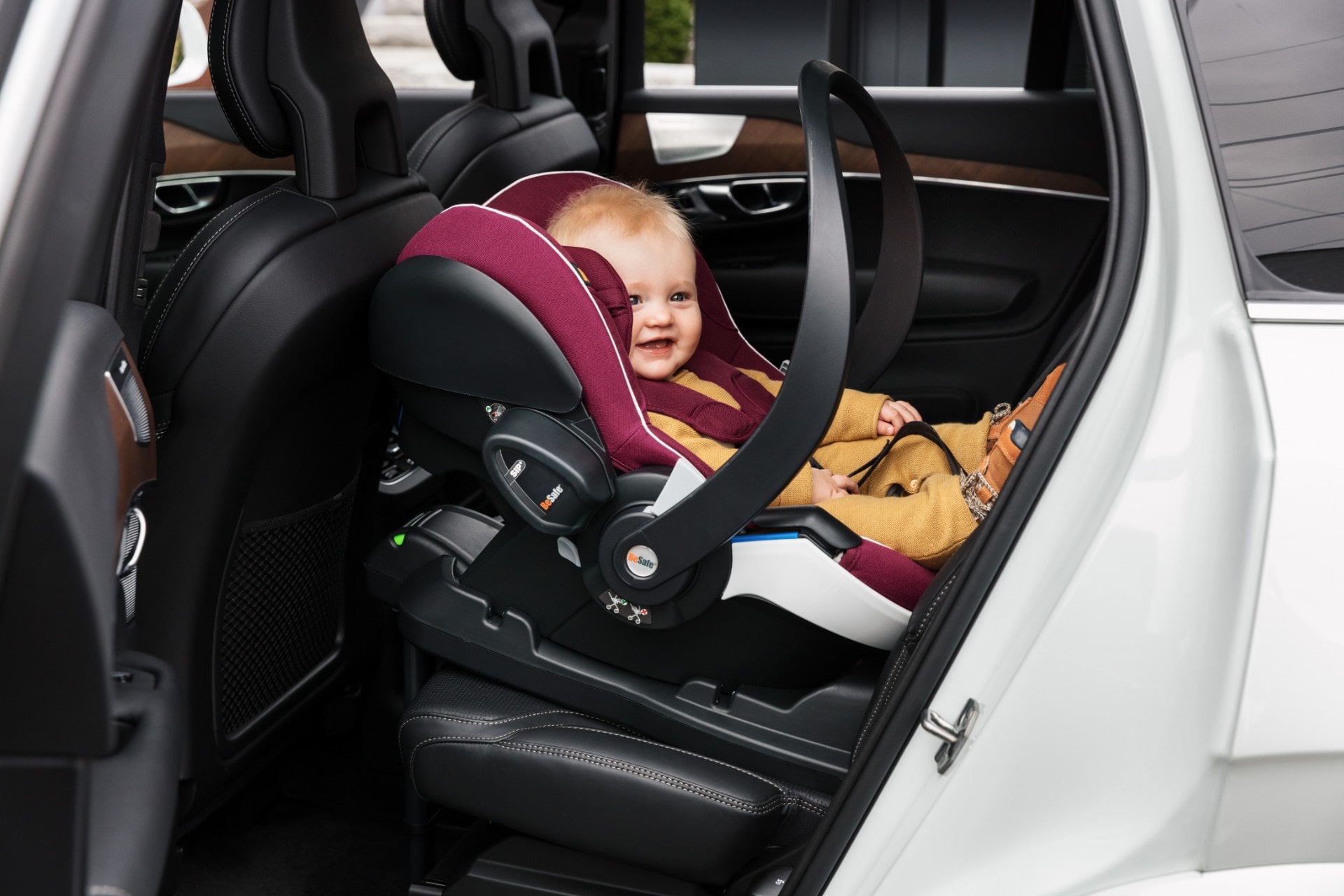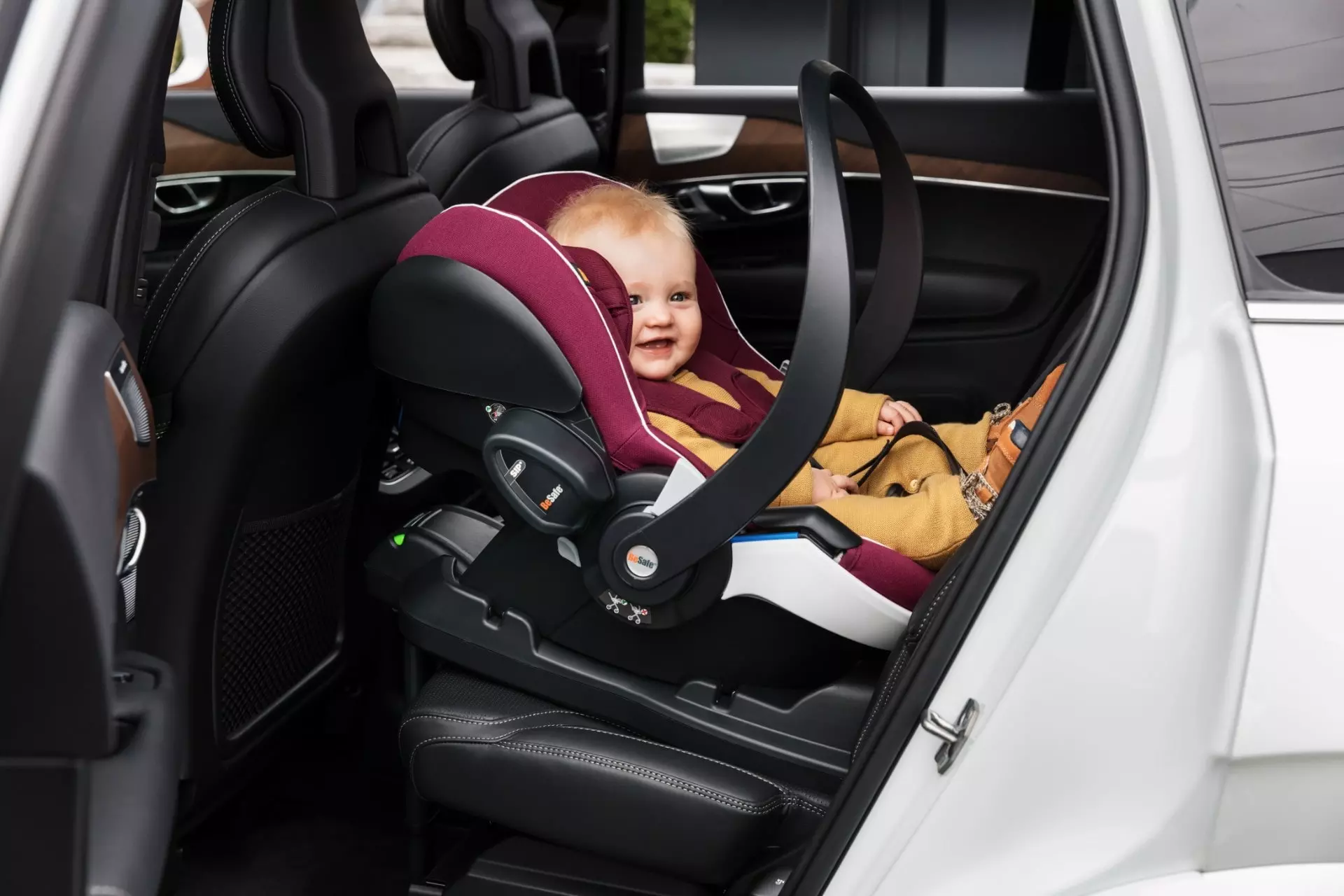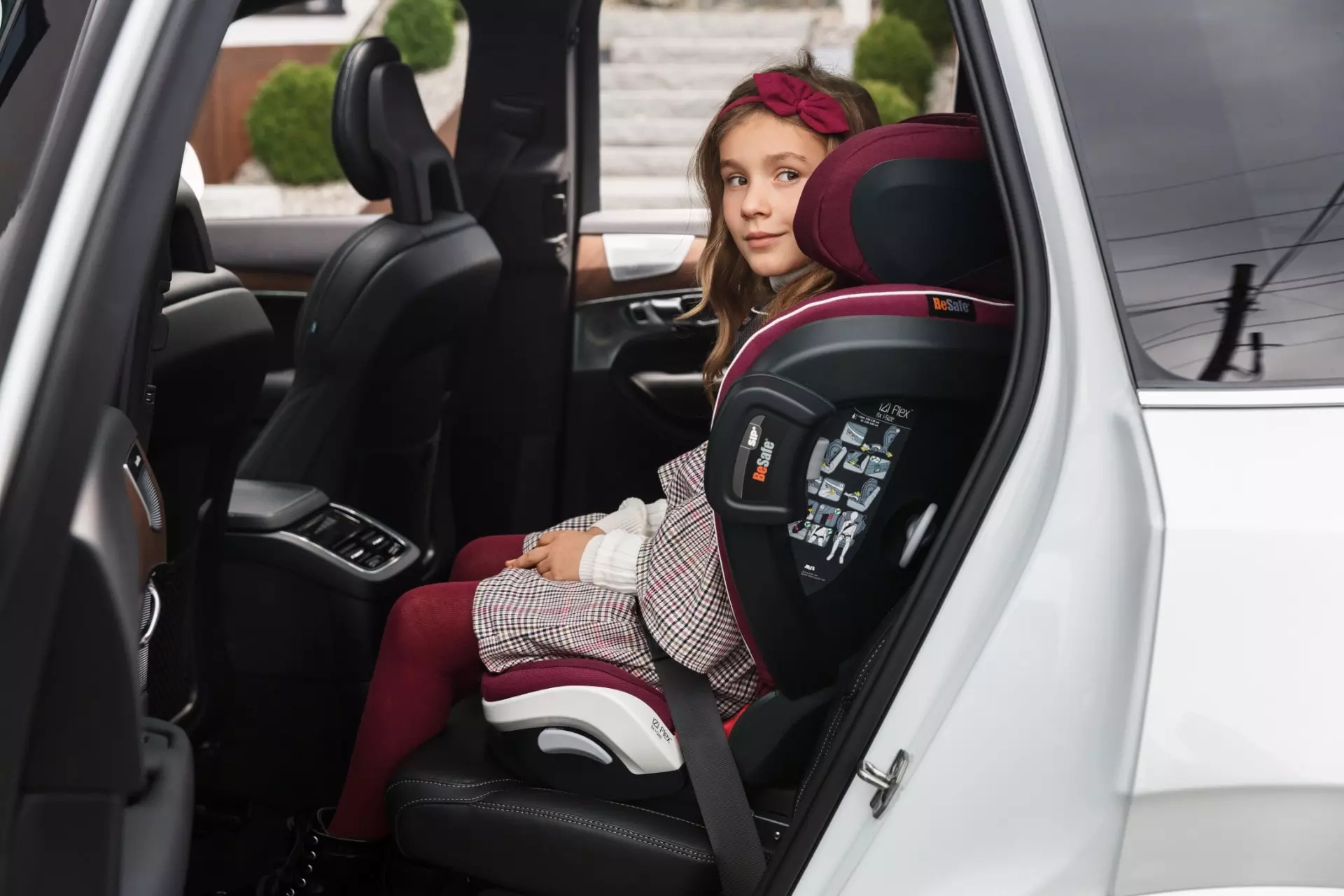Comments (1)
Alan Sutherland
Thanks for putting out this information!!!

If your child is getting to that age and size where they are outgrowing their toddler car seat, you are probably considering making a switch to a booster seat.
Don’t let this transition overwhelm you and rather equip yourself with a few key points to keep in mind when making the switch. You might be feeling completely at a loss about where to begin in your hunt for the right booster seat for your little one, car, and family. For many families, the car is where they spend a significant portion of the day, so the seating plan is essential. Not to mention the most important aspect, your precious cargo’s safety. This guide was created to assist you in the process of buying a booster seat and to help you to feel as informed and at ease as possible.
From newborn infants to around 40 - 50 pounds in weight or about age 2, toddlers are required to sit rear-facing in their car seat for safety reasons. Thereafter, they are able to upgrade to a front-facing car seat until they reach the weight limit of that seat. And that is why babyandco.com/collections/highback-booster-seats tells us about this in-between phase where the child is too tall for a front-facing car seat but too short to sit unaided on a regular car surface seat with an adult seatbelt. This phase is typically up until about age 8 to 12 years old. This is where the booster seat comes into play.
Booster seats use the car’s safety belt for positioning and some models include a 5-point harness, depending on the type. As in the name, boosters give the child a height boost to keep them level with the seatbelt but also so they can see what is going on around them outside the car. This fact actually also aids in preventing motion sickness.

You get booster seats with backrests and headrests or the backless option. This means the child will use the built-in backrest of the car for support. There has been some criticism about backless booster seats in that they do not offer the same level of high-impact protection as those with backs. However, it is argued that the backless booster seat is still a far safer option than using no booster seat at all. Parents go for this choice because of its affordability and portability.
Often if it is the device used in a second or third car, additional to the main booster seat. However, it is essential if using this option to ensure the adult safety belt is properly secured and fastened over the child in this seat. If you can afford to purchase a booster seat with back and head support, this would be a very good long-term option. Especially since these seats provide far more protection from side-impact collisions.

The reason for using a booster seat is to ensure the adult-sized seat belt fits your child appropriately. When determining a suitable and safe fit with your booster seat, you want the seat belt to cross the child’s chest, but not cutting into their neck. The lap belt must be snug against the top of their lap, with their knees bent at the correct position on the edge of the seat, and their bottom flush against the back of the chair.
Booster seats, like infant seats, are only to be used for car travel and not for feeding or sleeping purposes. This is due to the angle of the windpipe in this seated position and means it is only advisable for use during a temporary travel period.
It is also important to note that no children under the age of 13 should ride in the front seat of the car due to the risk of airbag suffocation. Therefore, all booster seat installations need to be done in the backseat of the car.
If you are at the beginning of the thought process of transitioning your child from a toddler car seat to a child booster seat, your mind might be whirring with all the options. Our children’s safety is always our primary concern, and it can become confusing with the endless options on the market. Booster seats are designed to support children that are too big for infant seats, but too small for regular car seats and seatbelts.
These seats allow them to travel securely and safely, offering shock absorption from high-impact collisions. They also provide the added benefit of allowing our children to feel raised and able to partake in the journey experience by looking out the window. Hopefully, this discussion has shed some light on the considerations for you when buying a booster seat.
Thanks for putting out this information!!!
Leave your comments
Post comment as a guest